Located in the South of Spain, In Andalucia, Granada is music, poetry and pure monumental art, ancient culture. It is a province that reaches the sky from the steep peaks of Sierra Nevada; white villages between the valleys and slopes that die on the cliffs and beaches of the Costa Tropical. Granada province, privileged tourist destination, allows the traveler to practice skiing in Sierra Nevada, venture through the remote villages of the Alpujarra, travel the last frontier of Al-Andalus or stay in caves that commemorate antiquity.
- Alhambra and the Generalife
- The Alcazaba
- Torres Bermejas
- Hamman Al Andalus
- Zambra Gitana in the Sacromonte
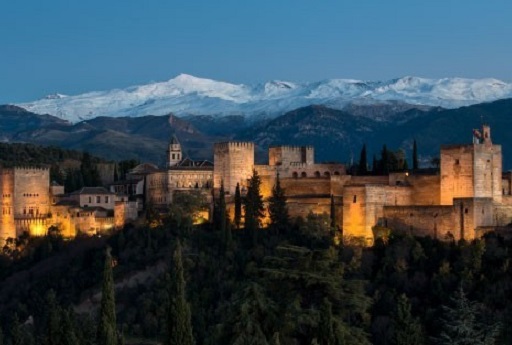
10 – 13.30 H
Alhambra and the Generalife
We start at the beginning. The Nasrid fortress from the 13th century, UNESCO World Heritage Site since 1984, is, as the ancient arabic writers said, the diadem that shines on the crown of Granada.
Direction: Generalife walk
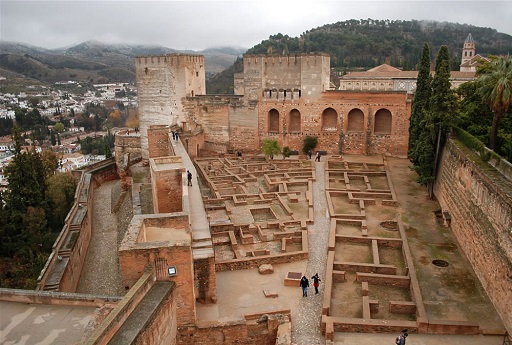
13.30 – 14.30 H
The Alcazaba
The next stop is right at the Alhambra, and it is a 13th century fortress with panoramic views from its main watchtower, the Torre de la Vela.
Direction: Alhambra

16 – 17 H
Torres Bermejas
After a little stop and rest, connected to the Alcazaba of the Alhambra by a wall, this mysterious defensive bulwark could be even older than the Nasrid fortress, going back to the 11th century.
Direction: Cuesta de Gomérez, 39
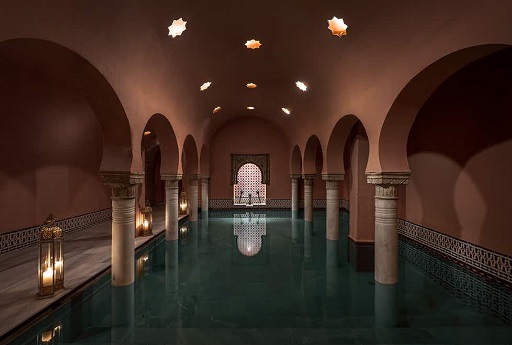
17.30 – 19.30 H
Hamman Al- Andalus
After an overdose of culture, why not relax your body and mind with a steam bath and a massage in this hammam, build in 1998 on an original Arab bath from the 13th century.
Direction: Corregidor Luis de la Cerda Street, 51
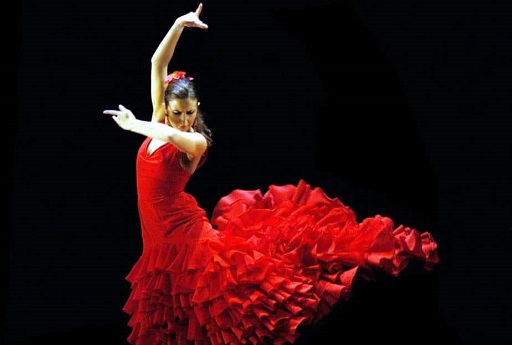
17.30 – 19.30 H
Zambra Gitana in the Sacromonte
The charm of Granada comes out at night in the famous caves where this show of singing and dancing is held, from the Moors, that has been popularized by some of the great flamenco families.
Direction: Sacromonte road, 89
- Cathedral and Royal Chapel
- Bib-Rambla Square and the Alcaicería
- Trinity Square
- Carrera del Darro and Paseo de los Tristes
- Albaicín and Mirador de San Nicolás
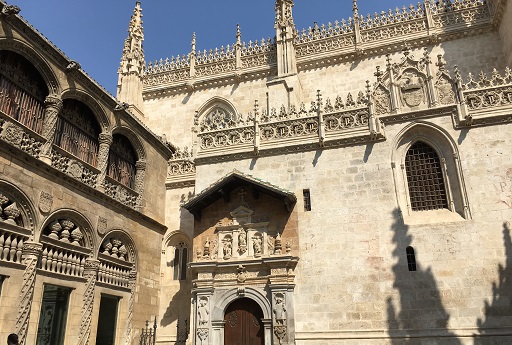
10 – 12 H
Cathedral and Royal Chapel
The next stop is this beautiful Renaissance temple and the mausoleum where the Catholic Monarchs rest., built after the Christian conquest of the city in 1492.
Direction: Royal Chapel of Granada
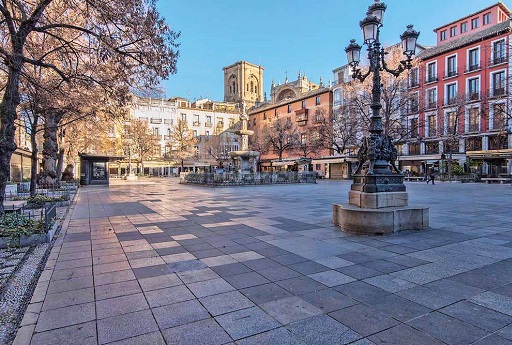
12 – 14 H
Bib-Rambla Square and the Alcaicería
It would be unforgivable to miss this millenary square, located in the vicinity of the Cathedral, Today's Alcaicería de Granada is dedicated to Granada's handicraft shops, where the popular Fajalauza earthenware is sold, wood inlay or inlay, and the colored glass streetlights.
Direction: Alcaicería street

14.30 – 15.30 H
Trinity Square
Central tapas area where traditional taverns coexist with Indie-style bars, so popular in the city. Both religiously follow the ritual: with each reed, a generous free tapa.
Direction: Trinity Square

16 – 18 H
Carrera del Darro and Paseo de los Tristes
On the banks of the Darro river, is known as the "most beautiful street in the world". The oldest Arab baths in Granada are hidden in it and it ends in a bohemian-style promenade whose name does not appear on the maps..
Direction: Darro Race
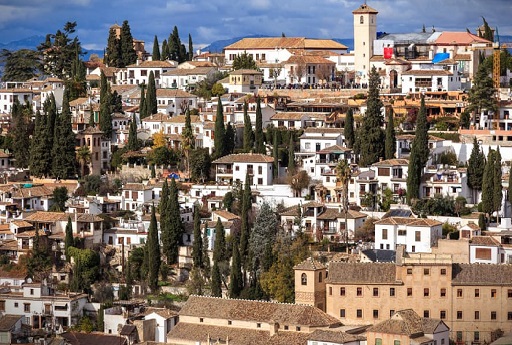
18.30 – 20.30 H
The Albaicín and Mirador de San Nicolás
Climbing the winding streets of the Arab quarter where Granada was founded, we will arrive at a privileged viewpoint from where to contemplate the Alhambra.
Direction: Albaicín
- Cahorros de Monachil
- Monastery of San Jerónimo
- Corral del Carbón
- Madraza Palace

10 – 13 H
Cahorros de Monachil
It is an impressive gorge carved by the Monachil river of eight kilometers. It is a place of singular beauty with waterfalls, caves, suspension bridges and above all a spectacular landscape that you can enjoy doing routes of different difficulty and length.
Direction Cahorros

16 – 17.30 H
Monastery of San Jerónimo
The Royal Monastery of San Jerónimo de Granada is a Renaissance architectural complex consisting of a church and a monastery, and was founded by the Catholic Monarchs.
Direction: Rector López Argüeta Street, 9
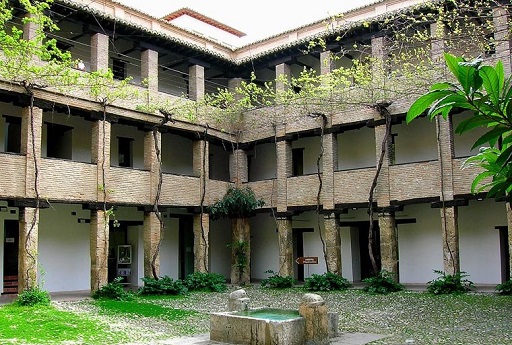
18 – 19 H
Corral del Carbón
The Corral del Carbón is a 14th century building and is the only Nasrid alhóndiga preserved in its entirety in the Iberian Peninsula. This beautiful building has gone from a grain warehouse to being the scene of multiple concerts and plays.
Direction: Mariana Pineda Street, 21

19 – 20 H
Madraza Palace
The seat of the ancient Arab university, the first one that Granada had until it was closed in 1500, preserves a beautiful oratory with mihrab and octagonal dome that has survived to this day.
Direction: Trades street 14
- Science Park
- Huerta de San Vicente
- Walk through the Realejo
- Carmen of the Martyrs

10 – 12 H
Science Park
This interactive museum, a benchmark for popular science in Europe, offers countless experiences to spend the morning learning and enjoying whether you have 3 oh 100 year old.
Direction: Avenue of Science s / n

12.30 – 14 H
Huerta de San Vicente
The House-Museum of Federico García Lorca, familiarly known as Huerta de San Vicente, It was the summer farm of the García Lorca family since 1926 until 1936, shortly after Federico's assassination during the first weeks of the Civil War.
Direction: Home- Federico García Lorca Museum
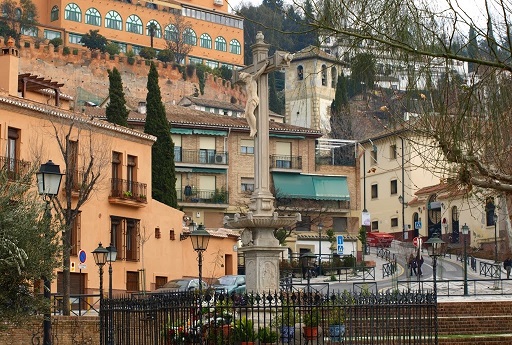
16 – 18 H
The Realejo
A walk through the old Jewish quarter, where the Sephardim already lived long before the Arab conquest, It will take us to places full of charm and history such as the Casa de los Tiros or the Church of Santo Domingo.
Direction: The Realejo of San Matías
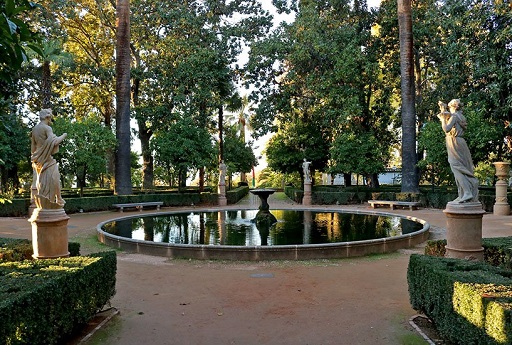
18.30 – 20.30 H
Carmen of the Martyrs
The last stop of the day is at Realejo Alto, where this 19th century farm awaits us, a garden of romantic gardens built on a former convent where San Juan de la Cruz wrote his works. It is the perfect place to end with a walk enjoying spectacular views.
Direction: Walk of the Martyrs, s/n
- First point of the day
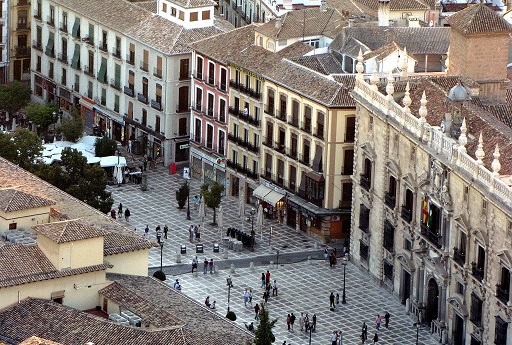
10 – 12 H
Walk through Plaza Nueva
Located between the Carrera del Darro and the city center, It is the oldest in Granada, and besides being one of the busiest, It is surrounded by significant buildings such as the House of Pisa and the Royal Chancery.
Direction: New Square

12 – 13 H
Cross Elvira's gate
This fortress-gate, declared a Site of Cultural Interest, It was part of the old wall and gave access to Granada during the Islamic rule. Actually, this door, one of the oldest in the city, it preserves the great horseshoe arch topped with a row of battlements. You will have the best perspective of this from the side of the Plaza Nueva.
Direction: Triumph Square 19

16 – 17.30 H
Cartuja Monastery
The Monastery of the Cartuja stands on an old Arab carmen and served as home to the community of Carthusian monks until 1835. Inside this baroque temple you will see a beautiful ornate altar, interesting pictorial collections, like those of Juan Sánchez Cotán or Francisco Bocanegra, and a singular sacristy, where the veining of the marble creates curious shapes.
Direction: Paseo de Cartuja s / n

18 – 20 H
Museum of Fine Arts
It is located inside the palace of Carlos V, attached to the Alhambra, and its entry is free for national citizens of the European Union. It is the most valuable of the Granada capital, since it houses more than 2 000 works of art and sculptures, from the 15th to the 20th centuries. The most prominent are The burial of Christ, by Jacobo Florentino and the works of Alonso Cano, What The Virgin of the Star.
Direction: Palace of Carlos V, Calle Real de la Alhambra, S/N
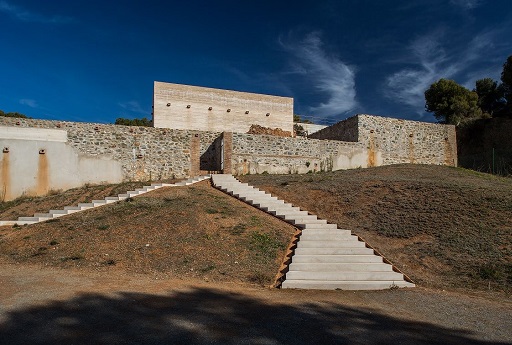
20 – 21 H
Walk through the Silla del Moro
To finish the route, it is worth taking a walk and watching the sunset, by The Castle of Santa Elena or Silla del Moro dates from the Nasrid period. It was built to defend the Alhambra and the Generalife and to control the distribution of water from the royal canal to the whole of the palatine city and to the surrounding orchards.
Direction: Generalife walk